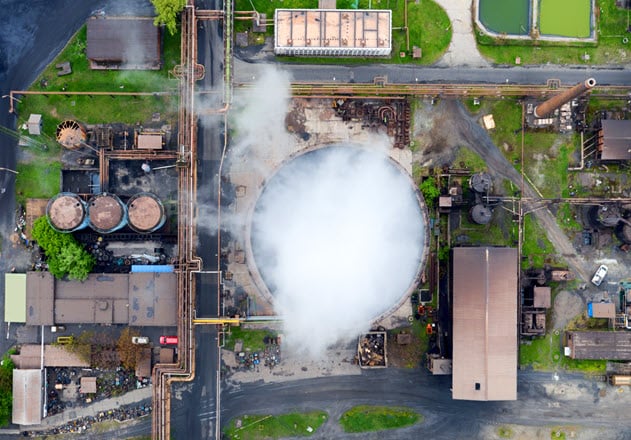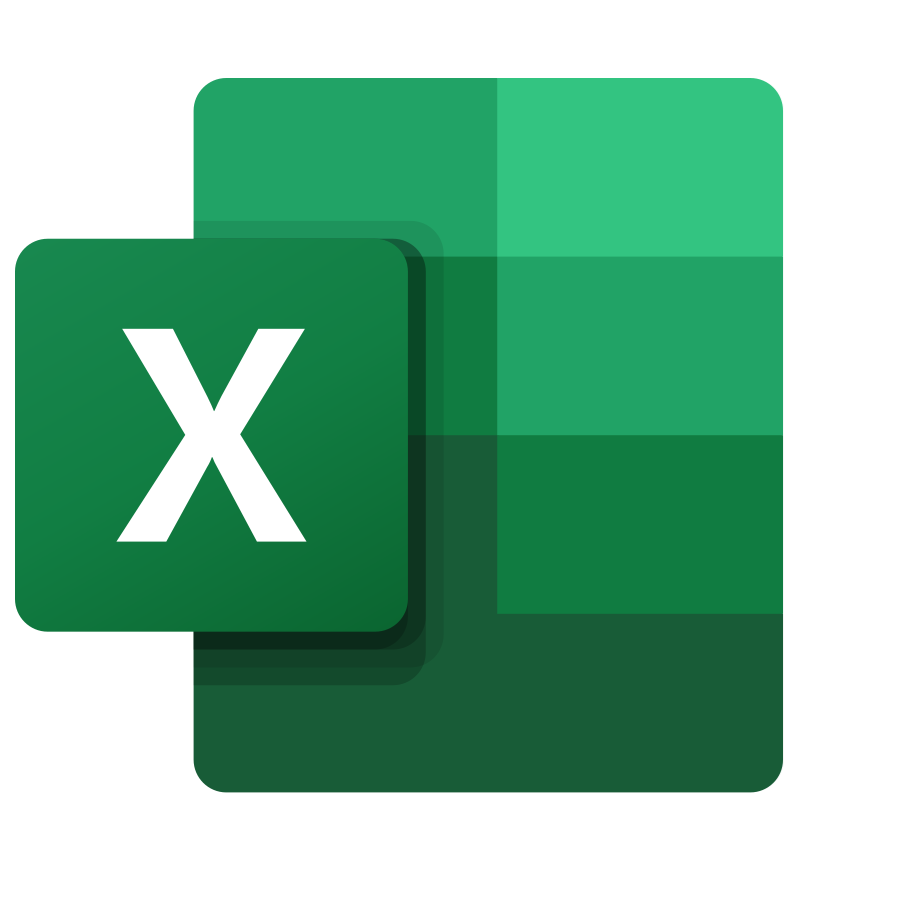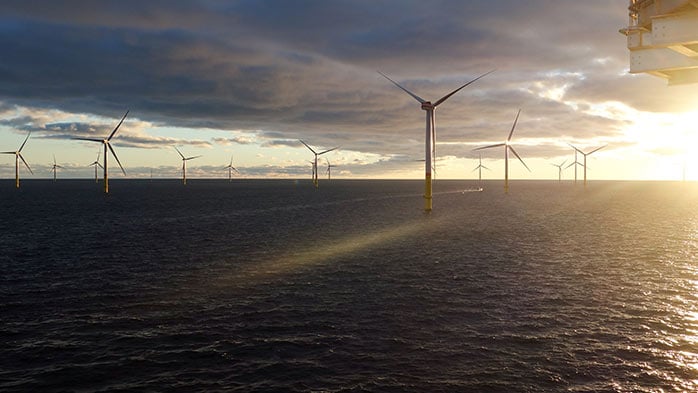Importers will need to purchase CBAM certificates from 2026 onwards
The definitive phase of the EU Carbon Border Adjustment Mechanism (EU CBAM) will commence on 1 January 2026.
From this date onwards, importers and reporting declarants of goods and precursors covered by the CBAM regulations, such as traders, will have to pay for the emissions embedded in those imports by purchasing CBAM certificates. By contrast, during the transitional phase, which began in October 2023 and ends in December 2025, importers were required to report imported emissions but were not required to pay for them.
Arrangements will be different for the first year of the definitive phase than for later years. For emissions imported during 2026, CBAM certificates will become available only in February 2027. In subsequent years, they should be available during the year the emissions are imported.
The EU CBAM definitive phase creates a carbon pricing risk
Having to pay for the emissions embedded in imported goods and precursors exposes market participants to carbon pricing risks.
This is because the price of a CBAM certificate will be linked to the price of allowances on the EU Emissions Trading Scheme (EU ETS). For emissions imported in 2026 only, the price of CBAM certificates will be based on the quarterly average auction price of EU ETS allowances. This means that emissions embedded in a product which was imported in, say, February would be subject to the average auction price of EU ETS allowances in the first quarter of 2026. As such, there will only be four CBAM certificate prices for 2026 imports. From 2027 onwards, their price will be based on weekly average auction prices of EU ETS allowances. This means there could be 52 different CBAM certificate prices in any given year in the future. These prices are not known in advance.
As part of our Sustainability and Emissions Service, CRU publishes monthly price forecasts for EU ETS allowances. These are based on key factors, including power demand from the energy and industrial sectors, and supply from renewables (wind, solar, and hydro).
These forecasts give a good indication of what to expect over the short term. In some cases, it might be possible for importers to time the declaration of imports based on our monthly forecasts, thereby potentially taking advantage of attractive CBAM certificate prices at a certain point in time. In other cases, this will not be feasible.
Subscribers to our Sustainability and Emissions Premium service can access our long-term carbon price forecasts out to 2050. If interested, request a demo here. For the purpose of hedging price movements, these will be less relevant.
EU-based businesses covered by the EU ETS have been exposed to this risk for many years.
Importers to the EU CBAM region will generally hold the pricing risk
The carbon pricing risk will generally sit with the importer of the product or precursor into the EU CBAM area. This will be the case as long as importers and buyers based in the region agree on a fixed-price contract. However, alternative arrangements are available – for example, cost-plus contracts, in which the buyer bears the risk or, a compromise solution using contracts that include price-adjustment clauses. In this case, the importer would hold the risk only up to a certain point. Should the cost exceed an agreed threshold, sellers and buyers agree to share the additional costs.
Businesses can use hedging instruments such as futures contracts to address pricing risks
Businesses exposed to the EU ETS allowance price risks can hedge them by buying futures contracts on two exchanges – the ICE ENDEX Energy Exchange for Gas and Power (ICE ENDEX) and the European Energy Exchange (EEX).
A futures contract is a standardised agreement traded on an exchange to buy or sell an asset – in this case an EU ETS allowance – at a set price and specific date in the future. Buying a futures contract allows the purchaser, be it a producer or importer, to lock in a guaranteed future price, thereby hedging against price movements. Like any insurance product, there are costs to purchasing a futures contract, such as administrative costs and exchange charges. Hedgers might also lock in a future price, which could be higher than the market price on the day the transaction should take place; in exchange, they gain certainty.
Future contracts generally allow hedging against short- to medium-term price fluctuations but not against long-term structural price developments. This is because it becomes increasingly expensive to offer long-term options given the underlying uncertainties. For example, in mid-October 2025, the longest available futures date was December 2033 on the EEX and December 2030 on the ICE ENDEX. We expect the EU carbon price to increase in real terms from ~ $85/tCO2 in 2025 to close to $130/tCO2 in 2030, $146/tCO2 in 2035 and then ~$180/tCO2 in 2040.
How does CBAM risk hedging work in practice?
Suppose you are a trader importing CBAM-covered goods. You want to bring in a new shipment in the EU CBAM area on a specific date in the future, e.g. 1 May. You do not know the exact CBAM allowance price you will have to pay on 1 May.
You can either take the risk and purchase the CBAM certificate on the spot market on 1 May. Alternatively, you can hedge against this pricing risk by buying a futures contract, covering the CBAM certificates you will need to buy on 1 May. You would purchase such a contract on a futures exchange, a secondary market, where financial investors and speculators offer these contracts as part of their business model.
The futures price you lock in might be higher or lower than the spot market price on 1 May. In the former case, you will have saved money, in the latter case you will have lost them as you could have purchased the CBAM certificate more cheaply on the spot market. In case the futures price is the same as the spot market price on the specified date, you will be indifferent (n.b. though you will have incurred a hedging cost). Whatever the outcome, buying the CBAM certificates on the futures exchange will have helped to minimise the exposure to price movements, allowing the business to optimise (among other things) cashflow management.
Hedging opportunities for CBAM certificates should emerge once the CBAM definitive phase has been launched
It is currently planned that businesses can purchase CBAM certificates from their National Competent Authority. No information is as yet available on the establishment of a secondary market on which these certificates could be traded.
However, as a first step in this direction, exchanges have launched CBAM reference prices based on the futures contracts for EU ETS allowances. These give an indication of what CBAM certificate prices to expect over the foreseeable future and could be developed into CBAM risk hedging instruments with minimal basis risks. We expect a secondary market to develop for CBAM certificates too, once the definitive phase of CBAM has been established.
The need to stay up-to-date
EU CBAM is evolving rapidly, with the European Commission considering extending coverage to downstream products over coming years. Further changes are likely once the definitive phase has been established. You can find more information on all aspects of CBAM and how we can support your business on our dedicated CBAM page.
Meanwhile, policymakers elsewhere are advancing their national emission trading systems and are considering their own CBAM variants. As more and more countries embrace carbon pricing to mitigate climate change, we expect financial market participants, such as exchanges, to develop the financial instruments required to hedge carbon pricing risks.
We will report on these emerging developments in future CRU Sustainability Policy Round-ups and Insights, available to CRU subscribers. If you'd like to access them, contact us here.

Standing by for CBAM: Ask the Experts Webinar
Join our expert panel for a concise Q&A on the latest CBAM developments for Aluminium and Steel. We’ll clarify confirmed versus uncertain points after recent European Commission activity, outline actions for importers before year end and from 1 January, and explain submissions, certificate purchases, data needs and common pitfalls.

















